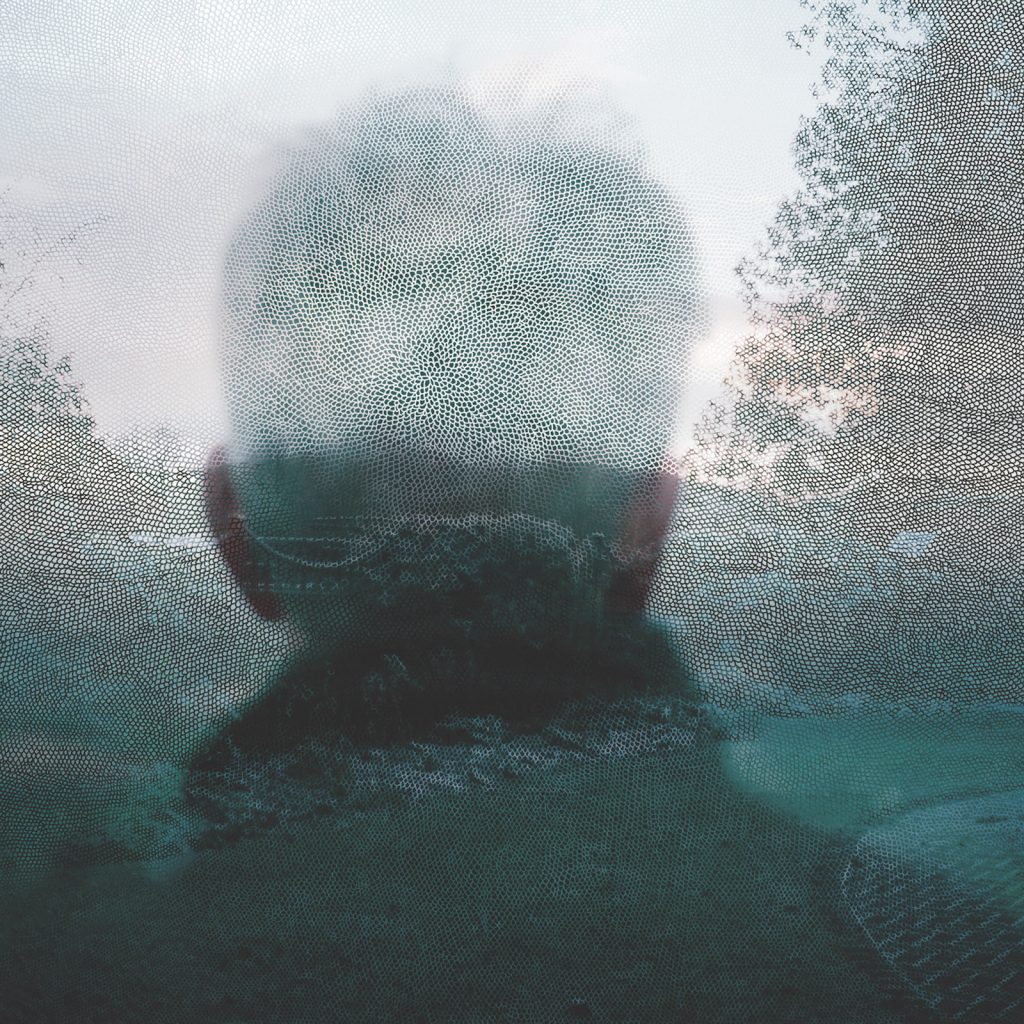A Buddhist friend recently described how her priorities for practice had changed in the course of a life of meditation: “At first, I meditated because I wanted to reach enlightenment. As I got older, I practiced to be happier in the here and now. Now, I practice for my death.” This was not to say, she added, that gaining total release from suffering and samsara, or having greater contentment and equanimity in the present moment, have been relegated to the back burner. But she has cranked up the fire—ardency—in preparing her mind for the death of her body and what comes after. A lot of us, as we age, are spurred to do the same.
Of course, Buddhism is a religion that puts death front and center—as a catalyst for living ethically, for developing inner strength through meditation and for forging the spiritual mettle we will need at death. The Abhidhamma Pitaka lists the three most important forms of karma we produce in this lifetime: the ones that will determine our next birth, as habitual karma (accina kamma), actions we make repeatedly over time; weighty karma (garuka kamma), a seriously profound action, good or bad; and death-proximate karma (asanna kamma), action immediately preceding death. In other words, one’s state of mind at death really matters. The Buddha exhorted his disciples to reflect on death a lot—to use it as the ultimate prompt to practice now, in this moment; to practice every day. To stoke the fire before it’s too late. To prepare ourselves to make skillful choices in the moment when we leave this body. The same things that impede meditation are those that cloud our view at death: pain and emotional distraction. The better we master these fetters in life, the better chance we have of forgoing them at death.
Death usually comes to someone we love—or to us—before we consider ourselves ready. But the Buddha reminds us that we can still be prepared. Depictions of what happens to the mind at death, and death rites and practices, vary dramatically from one Buddhist tradition to another. Still, the Buddha gave teachings that we can all absorb and act on—a trove of heuristic advice about the time leading up to death, the experience of death and rebirth, and the role the living can play in caring for the dead and for themselves in the wake of a death. Spiritual preparation, in this case, goes hand in hand with logistical readiness. How do we die as Buddhists in a culture that has developed an abject terror and denial of death—where death has been handed off to the care of professionals and institutions and legislated away from families and communities? How do we die in a culture that is not Buddhist? How do we die with a clear, alert, fearless mind? In fact, we have more possibilities than we may know, but we need to educate ourselves. Most of us are woefully ill-informed about the logistics of dying and caring for the dead in our society—and about how often these logistics can, in fact, be organized in line with our practices and beliefs.
So we have two strands of preparation to follow: training the mind and getting our worldly affairs in order. Or, to use Ajahn Chah’s metaphor in the dharma talk that follows, preparing our inner and outer homes. The two can complement each other. The more we act and think in line with the dharma, the less likely we are to put off making decisions that will ease the dying process for our loved ones and ourselves, that will make us less burdensome, as the Buddha admonishes us to do. And in arranging temporal things—making wills, assigning health proxies, researching and sharing our wishes for end-of-life care and for the preparation and disposition of our own bodies—we make it easier for ourselves to drop the attachments and patterns of thinking that muddle a skillful approach to death.
The following articles and essays are intended to offer some basic information about provisioning for and experiencing death: First, what the Buddha taught us about how to strengthen our good qualities, our concentration and insight, in order to reach, ultimately, a deathless happiness. And second, a very basic introduction to what we should know about the practical matters of death care, disposition of the body, and funerals (with resources for where to learn more). Our spiritual and practical preparedness can enormously improve our experience of a loved one’s death, and at the same time deepen our own Buddhist practices—standing us in better stead for living our lives skillfully and with more joy, and for facing and moving through our own deaths with grace and the potential for awakening.
Thank you for subscribing to Tricycle! As a nonprofit, we depend on readers like you to keep Buddhist teachings and practices widely available.
